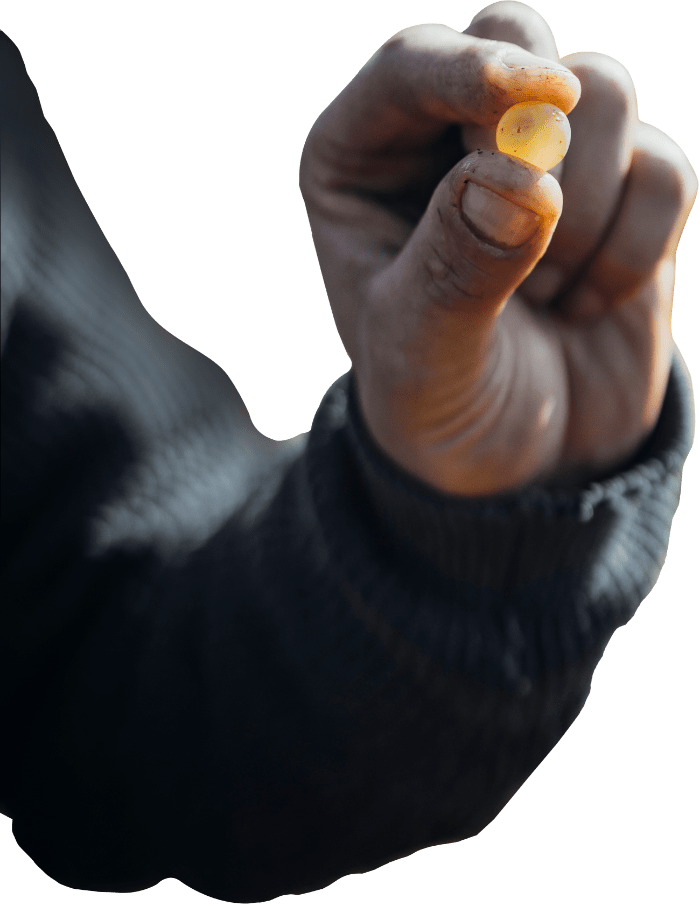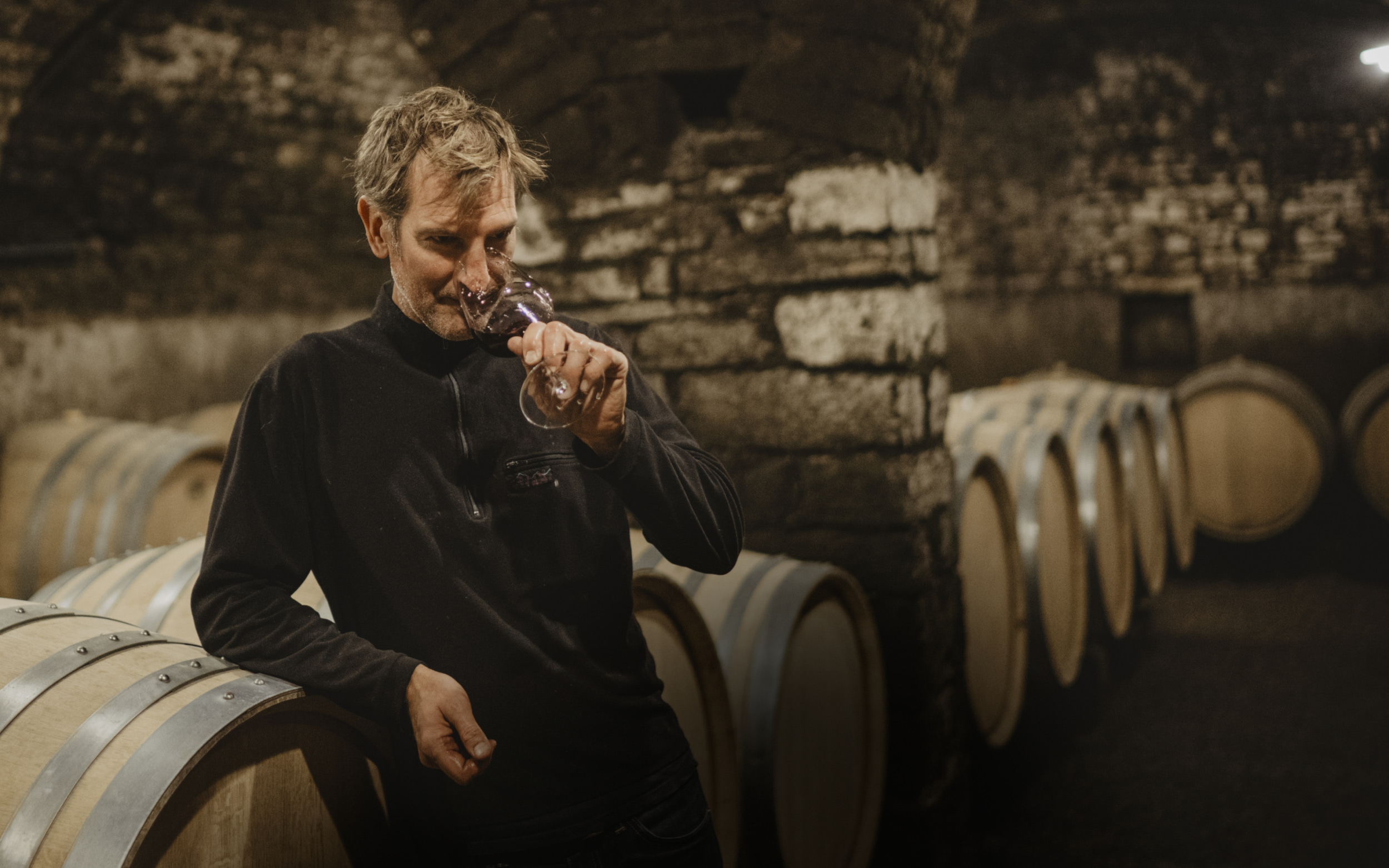

a Style
Our commitment to respecting the living extends into the cellar.
Although the estate, firmly established in Volnay, traditionally focused on producing red wines, its whites now play an equally significant role in its reputation.
Building upon the legendary aging capabilities of Hubert's reds, Étienne and Brian have introduced a charming touch and velvety texture, along with the grain, structure, freshness, and an enhanced understanding of Burgundy's prestigious terroirs achieved through their exceptional control of whole-cluster fermentation. Meanwhile, the whites are celebrated for their exemplary finesse and the radiant purity of their aromas. In every bottle, we aim to capture the essence of authenticity and elegance.
the Reds

At Domaine de Montille, we prefer balance and elegance to power and extraction…The openness in the bouquet, the silkiness and smoothness in the textures should not compromise the wines' aging potential. The estate is known, along with a few others in Burgundy (La Romanée Conti, Dujac, Leroy, Arlot…), for regularly vinifying with a significant proportion of whole bunches, which is determined each year for each cuvée, from one third to 100%. On the reds, we use 5 to 45% new barrels depending on the appellations.
The harvest is carried out entirely by hand. From sorting at the table to bottling, Brian and his team meticulously monitor the progress of each wine to ensure everything proceeds smoothly. Seeking the purest and most refined expression of each terroir, they intervene as minimally as possible and strive to adhere to the lunar calendar, always with a pragmatic approach. The initial barrel aging phase between the two fermentations is crucial and demands careful attention. It involves balancing acids, using sulfur dioxide judiciously, and anticipating CO2 loss before racking. With each vintage, experience guides their understanding of how the wines will develop over time.

the Whites
We adjust our presses according to the vintage profile and the sanitary quality of the grapes. After a slight settling, the grape is transferred to 228 Liters barrels and 600 L where alcoholic and malolactic fermentations take place.
For our white wines, we use 5 to 35% new barrels, with an average of 15%. The wood primarily comes from Allier, with a long and light toasting. The wine undergoes very minimal, if any, lees stirring. The first racking occurs after approximately one year of aging in oak barrels, initiating the second phase (4 to 6 months) in stainless steel tanks to preserve freshness and tension. Aging concludes with a gentle fining followed by a filtration process that respects the integrity of the wine before bottling.












